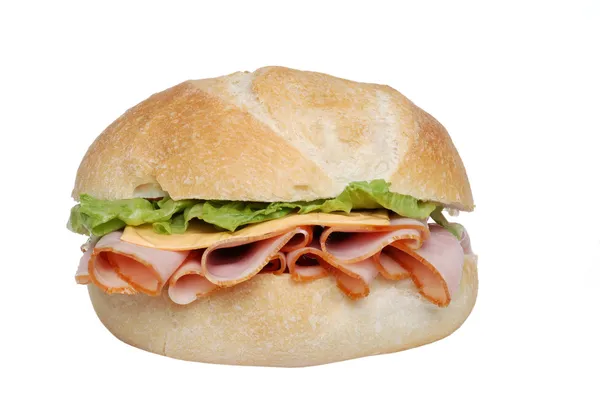In this class we learned about limiting reactants, which is defined as the chemical that determines how far the reaction will go before the substance that you are focusing on is used up.
Most commonly in chemical reactions, one chemical ends up getting completely used up before the other one. This chemical that gets used up is called the "Limiting Reactant." This Chemical determines the quantity of the product formed. To find the Limiting Reactant you, must assume that one of the reactants is used up, so that you can determine how much of the reactant is used. In a Chemical reaction , the reactants that are left over after the reaction has taken place are called the "Excess Reactants."

In class Mr.Doktor gave us the example of making sandwiches. Lets say that we are making 10 sandwiches containing one slice of meat, two buns, one piece of lettuce, and one slice of cheese to make one sandwich. So if you plan on making ten sandwiches, and you have 10 slices of meat, 11 pieces of cheese, 20 buns, and nine pieces of lettuce, you will run out of lettuce before you finish, so the lettuce will be the limiting reactant. And, because we have eleven pieces of cheese, the cheese will be an Excess Reactant, since we will only use 10 pieces of cheese.
Examples:

Solving for Limiting Reactants:If a reaction such as 2NaOH + CO2 -----> Na2CO3 + H20 were used in an experiment containing 1.70g of NaOH and 1.00g of CO2, then what would be the limiting reactant? The first step you would take would be to make sure that everything is in moles if not then convert into moles. This must be done because reactants react in a mole ratio, which is given in the chemical equation, you can't use mass to find the limiting reactant.NaOH's molar mass is [23.0g/mole Na + 16.0g/mole O +1.01g/mole H] = 40.0g/mole NaOH
CO2's molar mass is [12.0g/mole + (16.0g/mole x 2)] = 44.0g/mole of CO2

Here are two YouTube videos explaining what we learned in class today!

No comments:
Post a Comment